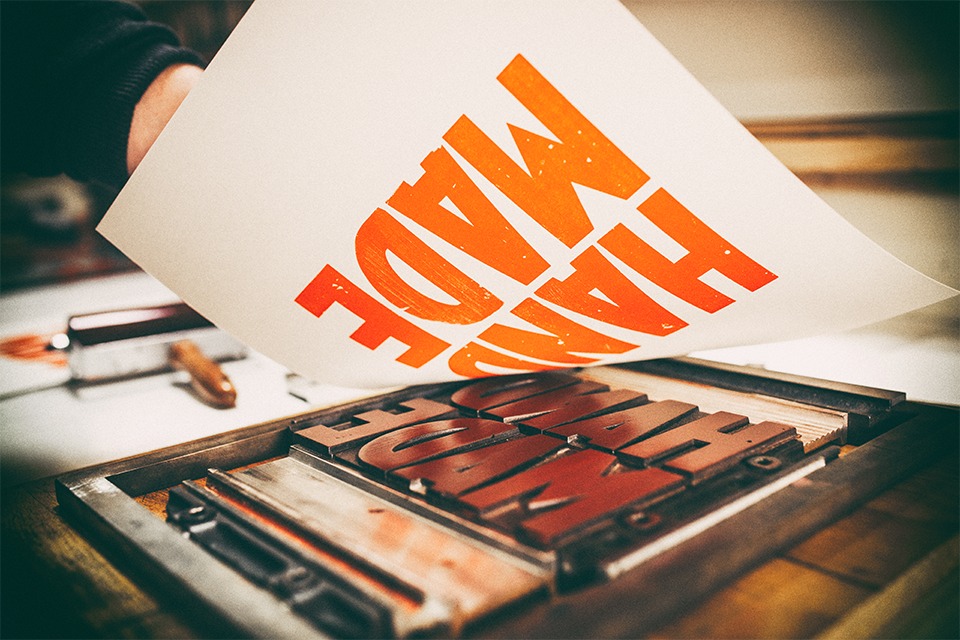The 2 Billion Dollar Donut: How to Measure Brand Value
Do you know how to measure brand value?
As in, what is your brand truly worth numerically. How do you measure something intangible, and turn it into a tangible balance sheet line? If you’re like most companies, you may be at a loss when it comes to measuring and assigning actual value to your brand. Truthfully, it may not be as hard as you think, and the benefits can be realized on a deep operational and equity level.
To illustrate, Interbrand – the world leader in brand valuations – conducted a study of Canada’s most valuable brands. The results are impressive. Take Tim Hortons for instance. With an estimated $1.87 billion brand value, 38% of its market capitalization is based on brand alone. One-third of the overall value of the company is intangible!
Although these examples represent consumer-facing brands, it doesn’t mean that the B2B realm is playing a different game. Whatever the business category, brand value is accrued when a company has successfully gained a position of privilege in the end-users mind, accrued a loyal client base, and has created memorable impressions on the target audience.
Take FedEx for example. In 2003, FedEx had an estimated brand value over market cap of 19%. Now, imagine for a moment if a non brand-savvy investor bought FedEx (ok, this is a stretch, but bear with me) and changed the name to Super Fast ABC Delivery Company, disregarding the FedEx name and its value. What would happen? Undoubtedly, there would be a massive reduction in brand value for FedEx and an almost immediate boost to it’s main competitor, UPS. But why?
This rebrand would create an instant decrease in awareness, trust, and loyalty in the former FedEx brand. Those brand followers have to go somewhere and the result of this is often a transfer of those intangibles to companies that have been working hard to build brand equity, and may already have a position in the customer’s mind, such as UPS. Would Super Fast ABC Delivery Company still get business? Sure, but it’s service offering would be largely commoditized to the point of being known as the “The company formerly known as FedEx”.
When Does Brand Valuation Matter?
Mergers, acquisition, marketing the sale of your business, business valuations, and franchising are all compelling reasons to acknowledge that your brand has tangible value and to make an effort to measure, and further invest in, it. The old adage that ‘if it isn’t measured, it’s can’t be managed’ is particularly true in this case. If increasing brand value is a priority for your stakeholders, then a brand valuation is a must.
Do-It-Yourself Brand Valuation
If you have a spare napkin and you want to establish a quick method of identifying the general value of your company’s brand, you can use the “Relief from Royalties” method. This is based on the premise of acknowledging how much you would have to pay to license your own brand to yourself. For example, if you were a premium widget company with 30% market share, and your widgets sold for $6 each, and a generic widget company with 40% market share sold theirs for $4 each, the annual brand value of your company would be $2 multiplied by the total amount of widgets sold in one year (aftermarket share adjustments). The essence of this being that if you remove the brand name of your premium widget, you would be in no special position over the Generic Widget company down the street. Alternatively, you could also look at it as the total cost to license the brand to yourself (in this case $2 per widget X total units sold in a year).
Ultimately, investments in brand building belong in the equity column of your balance sheet, not the expense column. Find your unique approach to gain a position of privilege in the user’s mind, and then measure it! For more information about brand positioning and valuation, contact an Everbrave brand specialist today!



